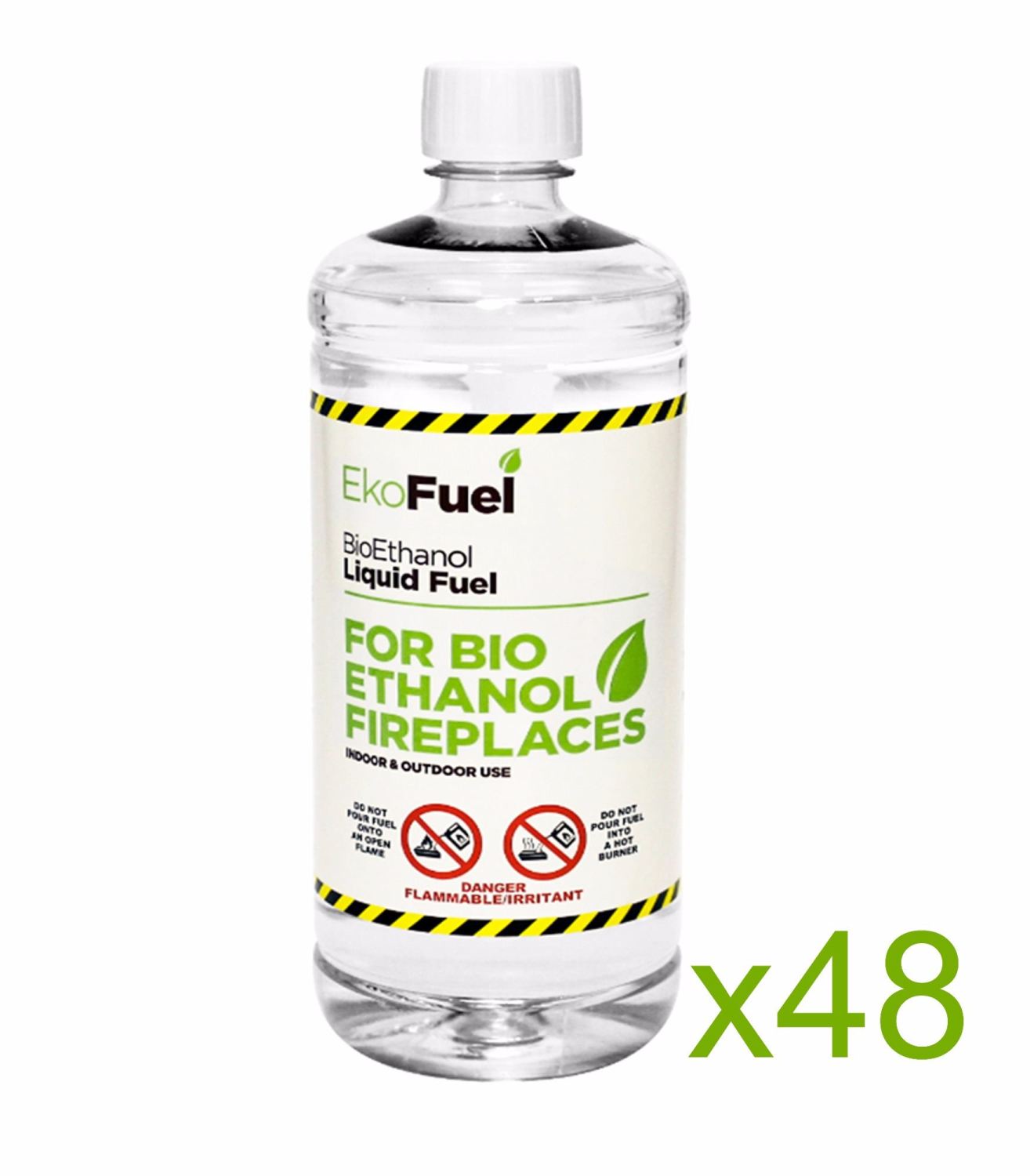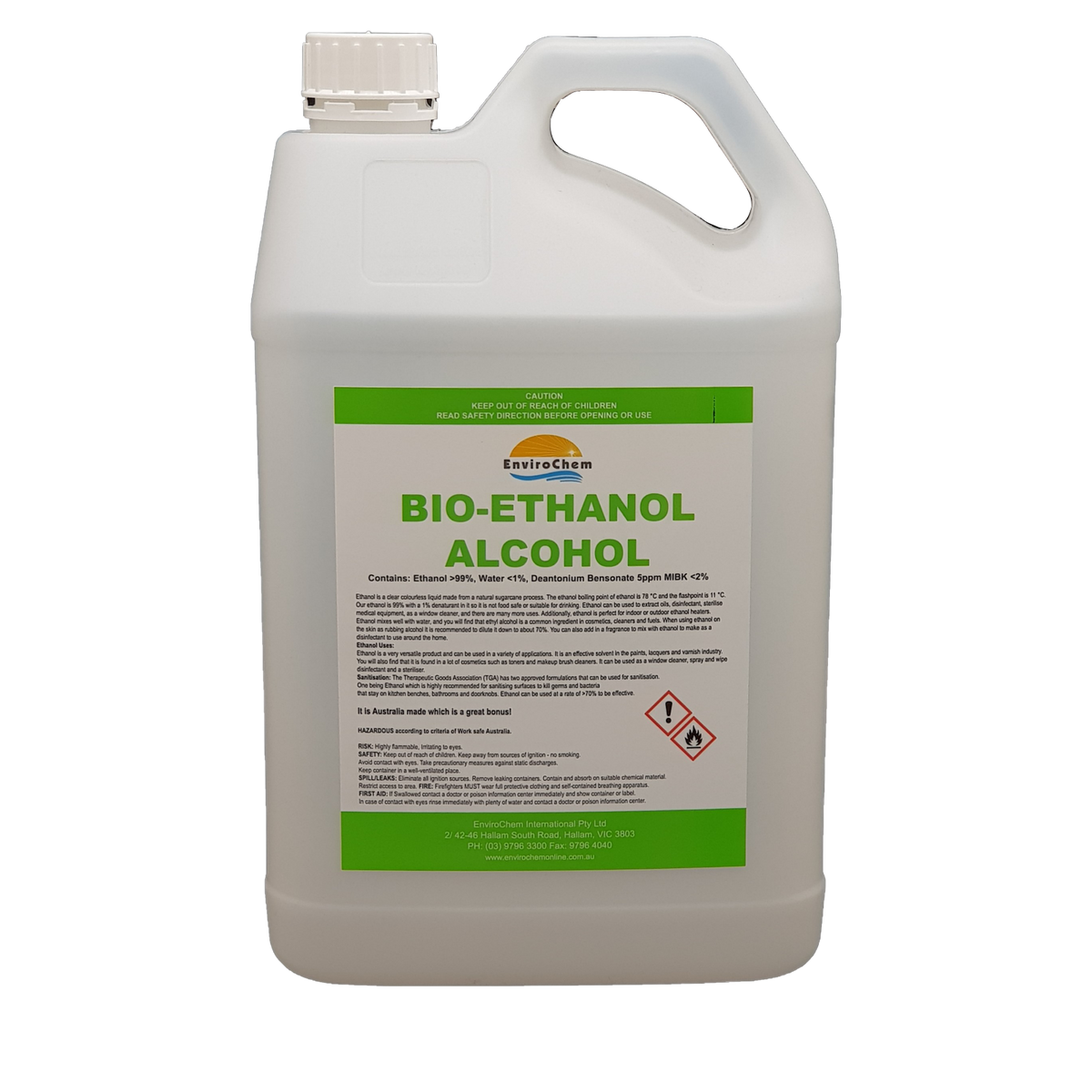Where Can I Buy Bio Ethanol

The aroma of gasoline, once ubiquitous at filling stations, is slowly giving way to the whisper of alternatives. Bioethanol, a renewable fuel derived from plant matter, is gaining traction as a potential solution to our reliance on fossil fuels. But for the average consumer, the question remains: where exactly can I buy bioethanol?
This article delves into the current availability of bioethanol for purchase, exploring the various retail channels, geographical limitations, and the factors influencing its accessibility. It examines the landscape for both high-blend bioethanol used in flex-fuel vehicles (FFVs) and lower-blend options found in conventional gasoline, providing a comprehensive overview for consumers and industry observers alike.
Availability at the Pump: A Patchwork Landscape
The availability of bioethanol, particularly higher blends like E85 (85% ethanol, 15% gasoline), is far from uniform across the United States and other countries. It is a scattered distribution pattern, largely influenced by government incentives, agricultural production, and regional demand. Finding a station offering E85 often requires dedicated research.
United States
In the US, states with significant corn production, such as Iowa, Illinois, and Nebraska, tend to have a higher concentration of E85 fueling stations. The Renewable Fuels Association (RFA) offers an online tool to locate E85 stations, but it’s crucial to verify the information, as availability can change.
Lower blends like E10 (10% ethanol, 90% gasoline) are much more common and often the standard gasoline option. Most gasoline sold in the US contains at least 10% ethanol due to mandates aimed at reducing emissions and boosting renewable fuel consumption.
Europe
Europe presents a more diverse picture. Some countries, like Sweden and France, have actively promoted bioethanol through incentives and infrastructure development, leading to greater availability. Other nations have been slower to adopt, resulting in limited access to higher blends.
Look for E85 at stations that explicitly advertise it. Information can often be found through national fuel associations or government energy agencies.
Brazil
Brazil is a global leader in bioethanol production and consumption. The country has a well-established infrastructure for both anhydrous ethanol (mixed with gasoline) and hydrated ethanol (used directly in FFVs). Finding bioethanol is typically straightforward in most Brazilian cities and towns.
Most stations offer both gasoline and ethanol, and consumers can easily choose based on price and their vehicle's compatibility. This widespread availability is a result of decades of government support and investment in the sugarcane-based ethanol industry.
Beyond the Gas Station: Alternative Sources
While gas stations are the primary source for most consumers, alternative options exist for those needing pure ethanol or specific grades for specialized purposes. These options may involve different purchasing channels and regulatory considerations.
Industrial Suppliers
For industrial applications, such as chemical manufacturing or research, bioethanol can be purchased directly from industrial suppliers. These suppliers typically offer a range of ethanol grades and concentrations, often in bulk quantities.
Finding suppliers requires contacting chemical distributors or searching online directories specializing in industrial chemicals. Safety Data Sheets (SDS) should always be reviewed before handling any chemical product.
Online Retailers
Some online retailers offer small quantities of bioethanol for specific uses, such as tabletop fireplaces or camping stoves. These products are often denatured (made unfit for human consumption) and marketed as fuel rather than a beverage.
When purchasing online, it’s crucial to verify the retailer's reputation and ensure compliance with local regulations regarding the transportation and storage of flammable liquids. Always follow the manufacturer's instructions for safe use.
Factors Affecting Availability and Price
Several factors influence the availability and price of bioethanol. Understanding these dynamics can help consumers make informed decisions about their fuel choices.
Government Policies and Incentives
Government mandates, tax credits, and subsidies play a significant role in promoting bioethanol production and consumption. These policies can directly impact the number of stations offering bioethanol and its price relative to gasoline.
Changes in government policies can lead to fluctuations in availability and pricing. Stay updated on relevant legislation and regulations.
Agricultural Production and Commodity Prices
The price of corn, sugarcane, and other feedstocks used to produce bioethanol directly affects its cost. Weather events, global demand for crops, and other factors can influence these prices.
Increased corn prices, for example, can make bioethanol less competitive with gasoline. The commodity markets play a crucial role.
Infrastructure and Distribution
The existing infrastructure for transporting and storing bioethanol can limit its availability in certain regions. Ethanol can be corrosive to some materials, requiring specialized pipelines and storage tanks.
Investments in infrastructure are essential to expand the reach of bioethanol and reduce transportation costs. Pipeline upgrades are a key component.
The Future of Bioethanol Availability
The future of bioethanol availability is intertwined with technological advancements, policy decisions, and evolving consumer preferences. Several trends are shaping the landscape.
Advanced Biofuels
Research and development efforts are focused on producing advanced biofuels from non-food sources, such as cellulosic biomass and algae. These advanced biofuels could potentially increase the sustainability and availability of bioethanol.
These next-generation technologies promise to reduce competition with food crops and improve the overall environmental footprint of bioethanol production. Further research is needed for widespread adoption.
Electric Vehicles and Alternative Fuels
The rise of electric vehicles (EVs) and other alternative fuels presents both challenges and opportunities for bioethanol. While EVs may displace some gasoline demand, bioethanol can play a role in reducing emissions from existing internal combustion engine vehicles.
A diversified approach to transportation fuels is likely, with bioethanol coexisting alongside EVs and other renewable energy sources. A balanced portfolio is crucial.
Consumer Awareness and Demand
Increasing consumer awareness of the benefits of bioethanol, such as its renewable nature and potential to reduce greenhouse gas emissions, can drive demand and encourage greater availability. Education is key.
Clear labeling at the pump and accurate information about vehicle compatibility can help consumers make informed choices. Consumer education campaigns are important.
Ultimately, the availability of bioethanol depends on a complex interplay of factors. By understanding these dynamics, consumers can navigate the current landscape and advocate for policies that support the development of a more sustainable transportation future. Seeking out reliable information from organizations like the RFA and staying informed about government policies are essential steps in accessing and utilizing bioethanol.


















